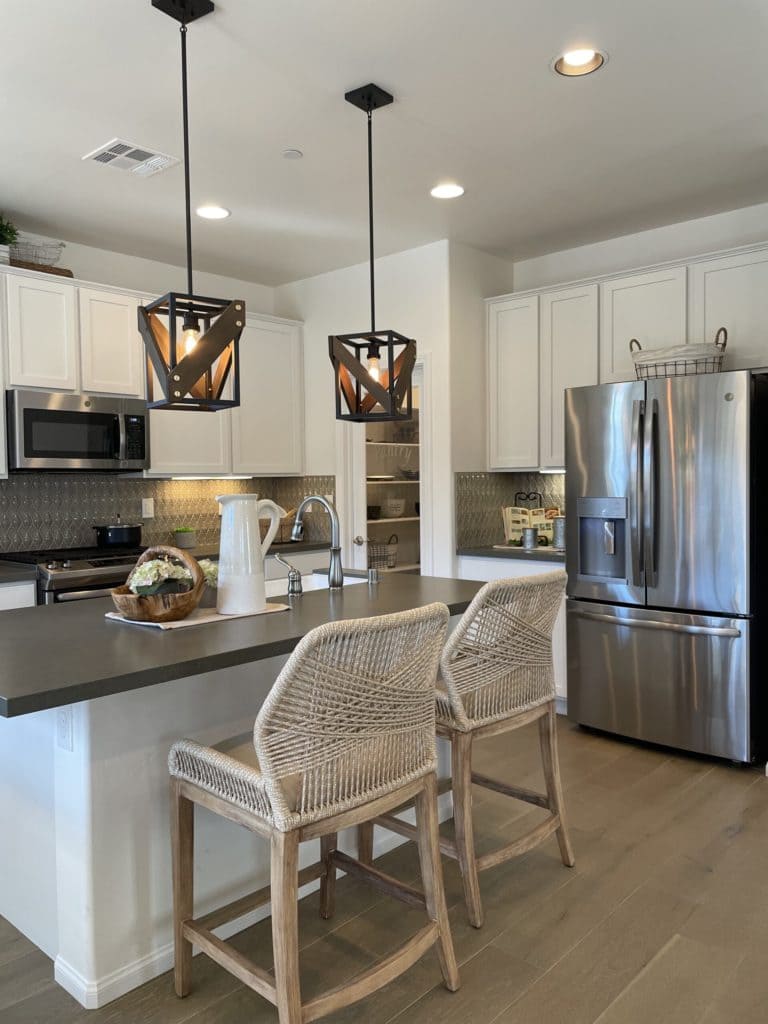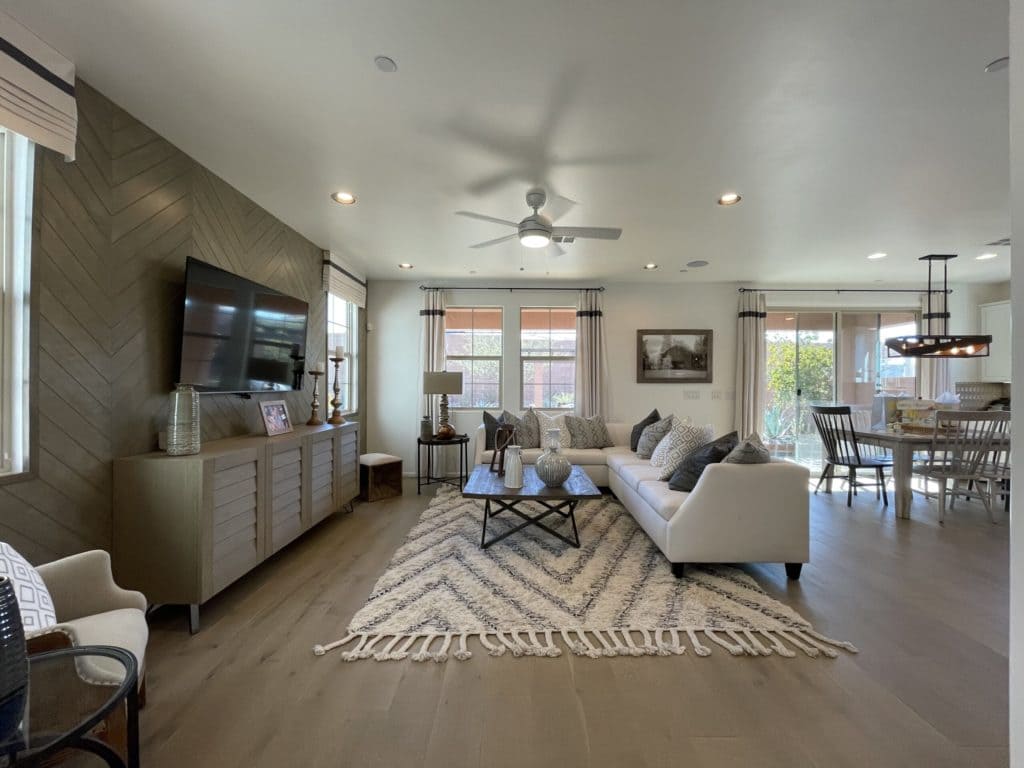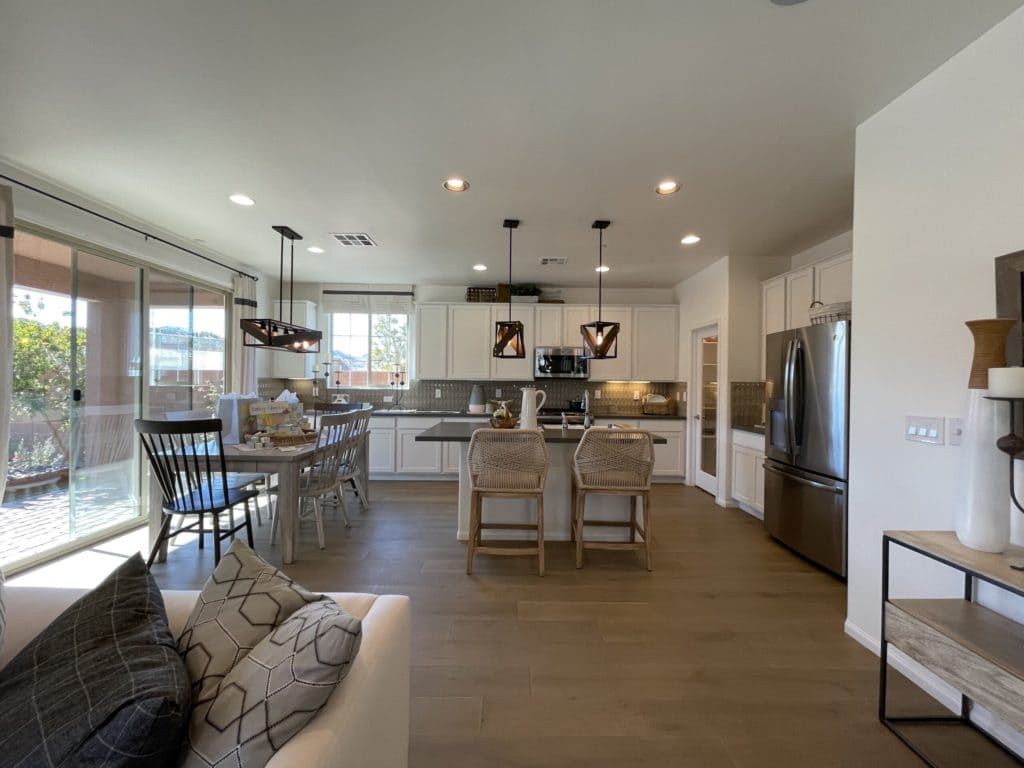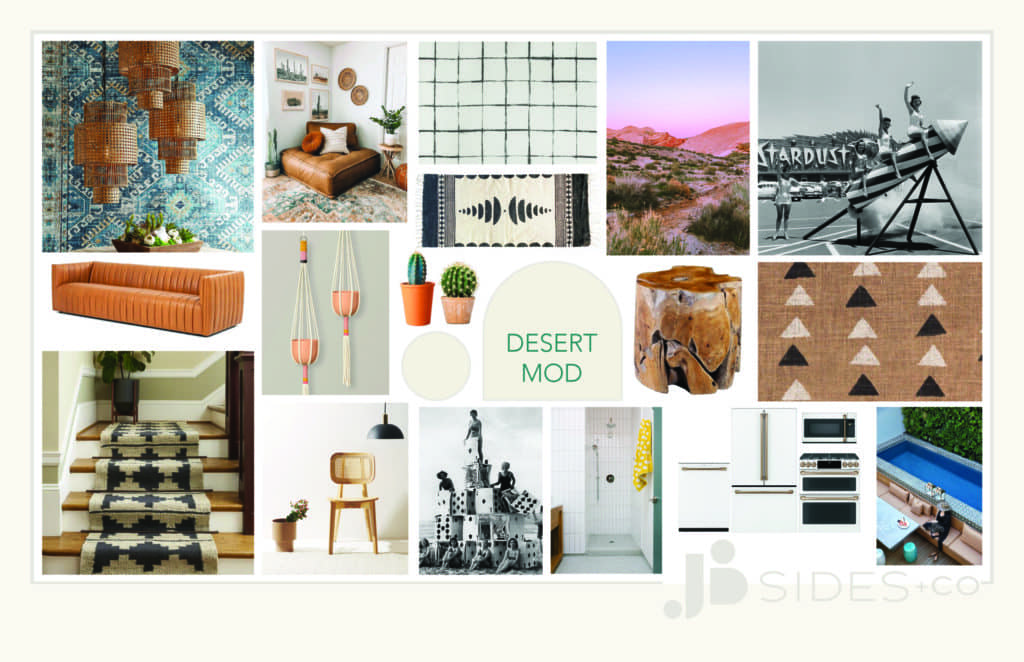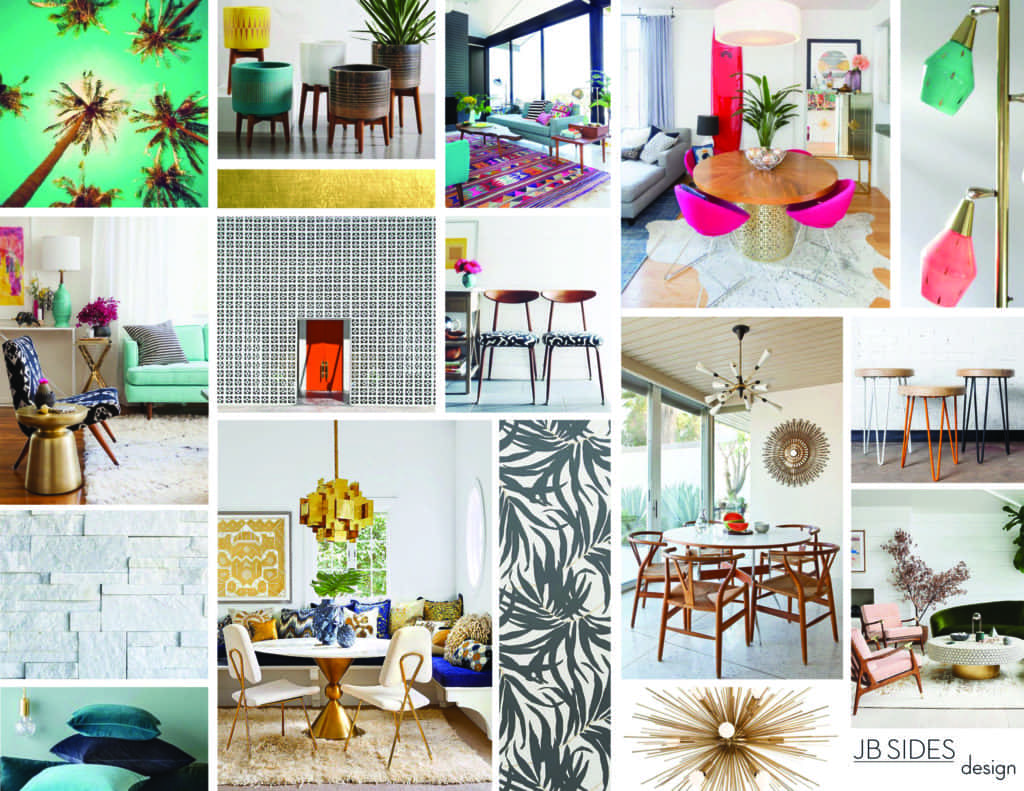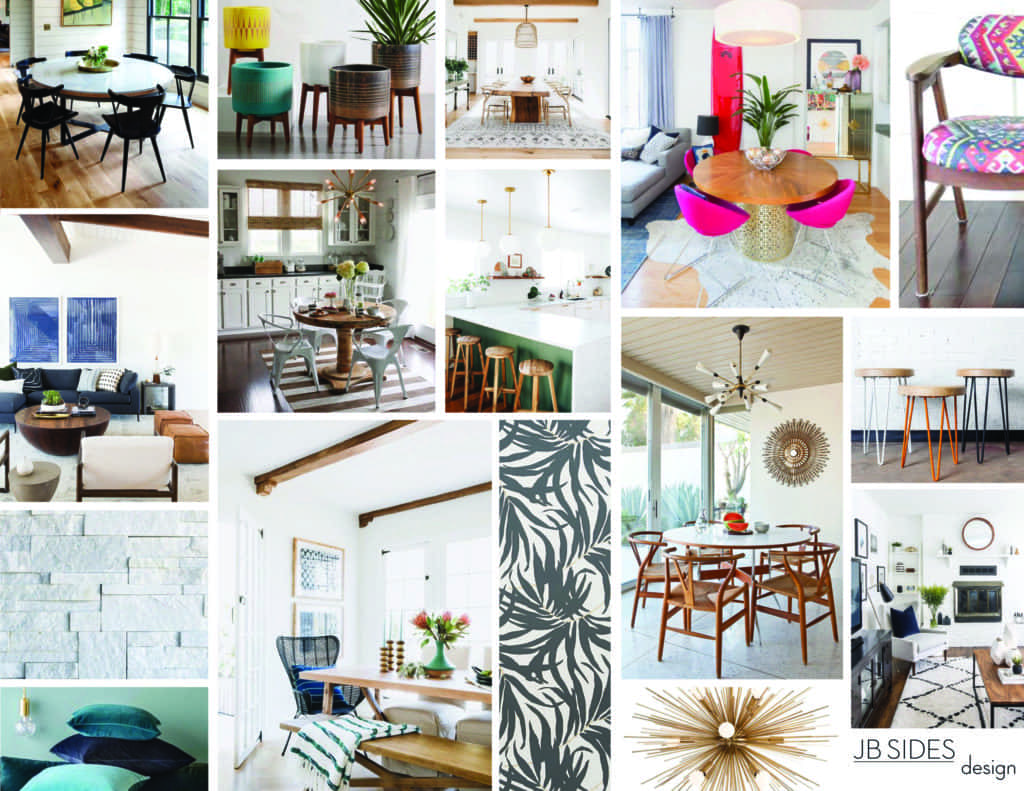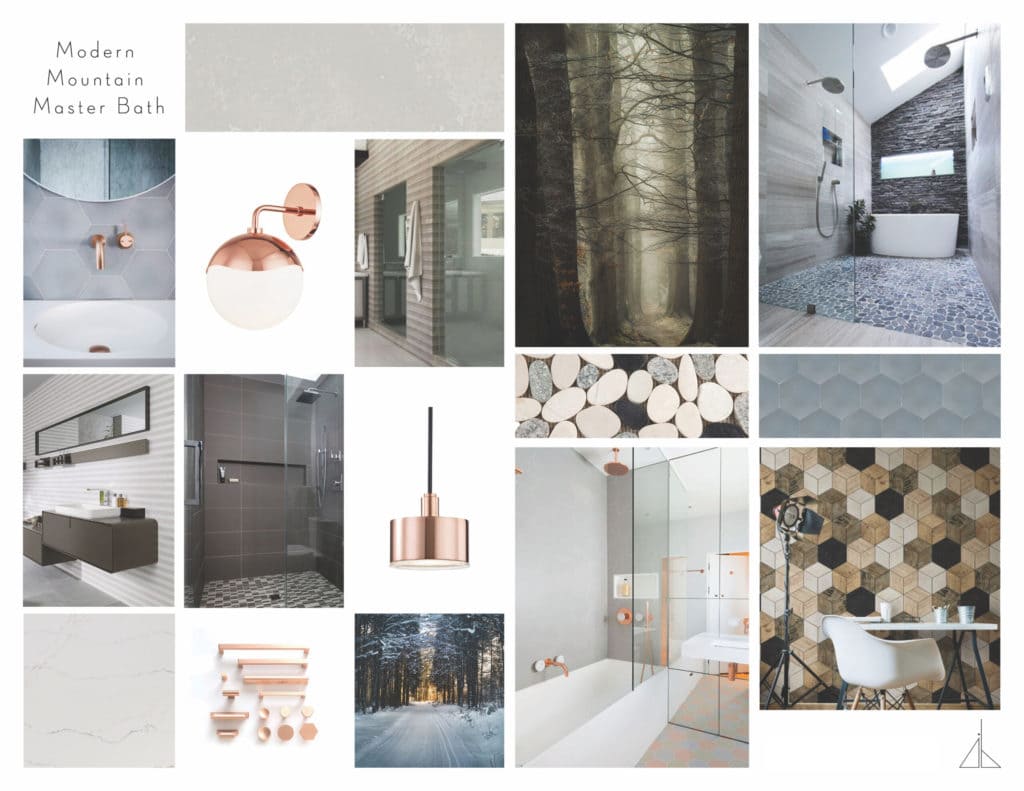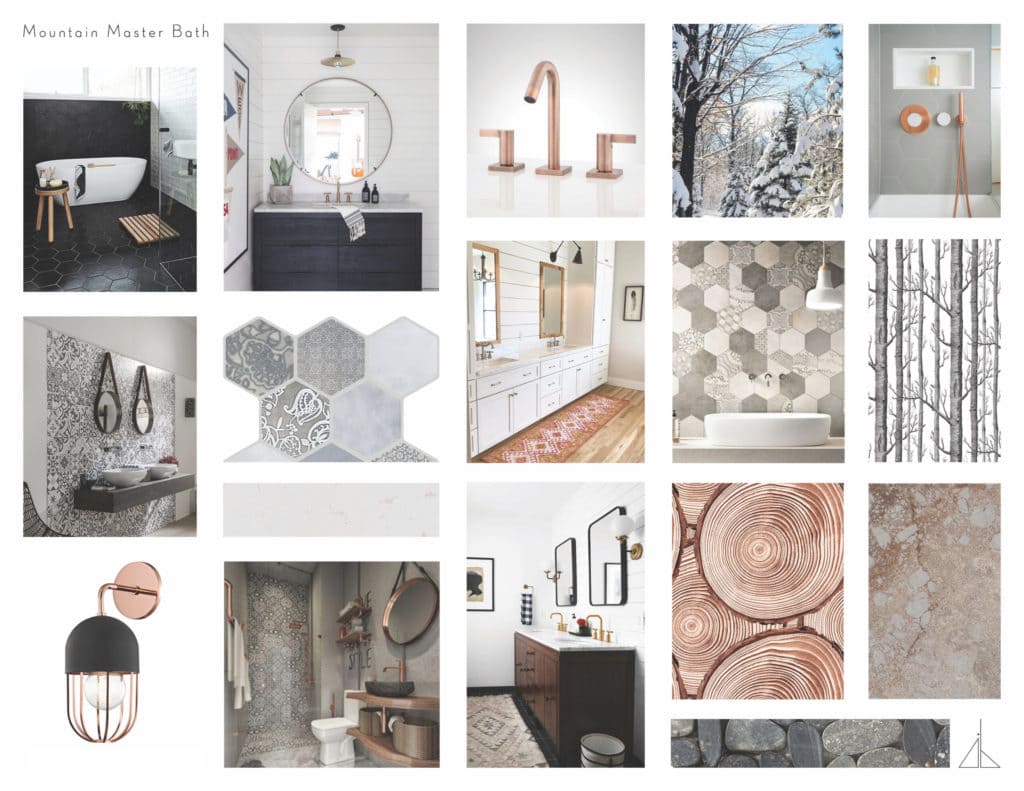If you are new here, let me explain. Last month we purchased a new home, which is also a new build. We purchased from a national builder, so unfortunately, I don’t get to do whatever I want, but I’m going to try! I get to pick from pre-selected finishes and I will be furnishing it from top to bottom, flooring to food in the pantry. Since clients don’t get to see behind the scenes, I’ve decided to pull back the curtain, share the good, the not so bad, and hopefully no ugly. I will be sharing my processes from inspiration to installation. (Man, I’m killin’ it with the alliteration! #googleit #iusedtoteachenglish) So follow along, get to know me, get familiar with my process, ask questions, and get a first glimpse at the finished space! #pressureison Oh, and if you want to help crowd design the digs, head over to my Insta or Facebook, click that follow, and be sure to check my stories often. You never know when I may need you to weigh in!
Working with clients involves two different Design Processes. The Client Design Process is explained in Phases, while MY Design Process involves multiple steps within those Phases. Following a Discovery Call and your Initial Consultation, a potential client is presented with a Mood Board and Contract. So, what does it look like from my end?
During the Initial Consultation I take pictures and measurements of your space. The most important aspect of our meeting is assessing your needs, learning about the functions of your spaces, and how you want to use and feel in your new space. Feeling, for me, is one of the most important aspects of your space-if you don’t feel good in your space, it’ll never function correctly for you.
Since this house is a new build, I took pictures of an already beautifully designed space, which actually made it more difficult for me to envision what I wanted of the space. I know how I want the house to function, but I am stuck between a family vacation home and a couple’s weekend getaway. I will also totally admit I didn’t follow my OWN design process and got completely and utterly stuck. (I did admit I am my own worst client!) I jumped ahead to design and couldn’t wrap my head around what I was doing. It’s true. Even designers get stuck! But then I reeled it back, looked at my design process, and started over. (Well, kinda.) I created a mood board to feel out the space as a whole. I knew how I wanted to different spaces to function and feel, but not the home as a whole and it was feeling disjointed and not cohesive. I know I’ve been talking a lot about feelings here. It’s my super power. I just feel things.
Wait, wait. What is the difference between a mood board and a design board? Not going to lie-designers like their boards! A mood board is just that though-the MOOD of your space. Does it give you the feeling you want to feel in your finished space? I may sneak in some specific elements of your design into the mood board, but is more about inspiration, color scheme, unique elements, and evoking emotion. Not only does the mood board serve as a jumping off point for the design and keep me on track for an overall feel of the space, but it, more importantly, ensures that clients and I are on the same page. This is YOUR investment. I don’t have to live in your space, YOU do! I will undoubtedly put my stamp on it, but I am not going to design a space that doesn’t give YOU all the feels.
What if the board I created as a vision for you space doesn’t give you all the feels? Then I create a NEW one! And sometimes I have two visions for the space, so I give you two feels and YOU get to pick which one resonates more. My number one goal coming out of a consultation is that we are on the same path to designing your space. It is the most cost effective for the client and most time efficient for the designer, which is mutually beneficial.
This client wanted a mid-century design, but after presenting a mood board, felt it was too literal and wanted a more family friendly, rustic MMC feel.
These clients needed help honing in on their aesthetic and really didn’t know what they wanted other than copper and shiplap. Young and hip, I knew farmhouse wasn’t their direction, but I wasn’t so clear either by the end of their consultation. So what did they get? TWO options.
A solid foundation is an integral part of any design. It sets the tone for the entire project. A mood board serves as a reference point, drives design decisions, keeps the team on track, and is just the beginning of bringing a vision to life.

